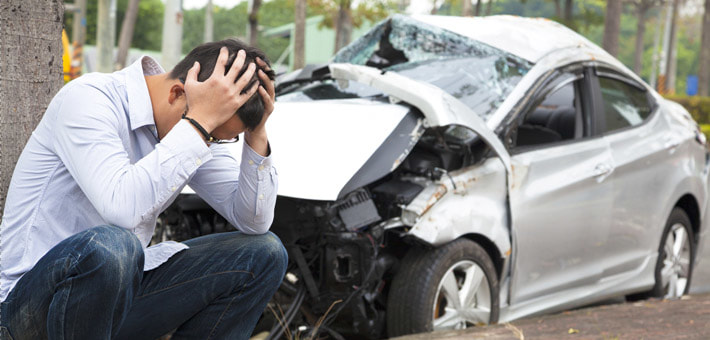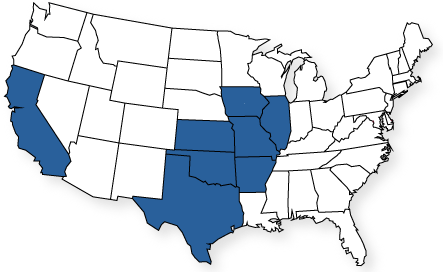When looking for car insurance, many consumers say they want “full coverage.” But, what does full coverage mean? Is full coverage having comprehensive and collision coverage to satisfy the requirement for your lienholder? Is full coverage having liability limits that meet state law? Is full coverage protection against anything that could happen to your car? Does full coverage provide coverage for after market part that are installed in your auto?
Simply said, Full Coverage does not exist! It is one of the biggest myths of the insurance world. Here is why: your auto policy is comprised of numerous different parts. Some of these parts are required by state law, other are required by your lienholder, and each insurance company offers coverage that is completely optional.
On a basic auto policy, there can be as many as 11 different parts
- Liability Limits
- Bodily Injury
- Property Damage
- Uninsured Motorist
- Underinsured Motorist
- Medical Payments
- Collision
- Comprehensive
- Rental
- Roadside
- Custom Parts & Equipment
Liability Limits – In the State of Missouri, every driver is required by law to have method of paying for the cost of damage or injury to another driver after a car accident. The method of payment must be reliable, so most drivers fulfill this requirement by purchasing liability car insurance.Liability insurance which is comprised of bodily injury, total bodily injury, and property damage.
Bodily Injury protects a third party that you are legally liable for when an accident occurs. Bodily injury liability pays for cost associated with injuries that occur to third party such as medical bills and ambulance. Bodily injury also covers legal fees, loss of income, pain and suffering, and funeral cost. In the State of Missouri, you are required to carry $25,000 per person and $50,000 per occurrence. Typically, this will be written as 25/50 when looking at liability limits. As we have learned, bodily injury provides coverage for numerous different liabilities that can occur so having state minimum coverage typically isn’t in your best interest. In the State of Missouri, you typically have an option of the following bodily injury limits:
- 25/50
- 50/100
- 100/300
- 250/500
Property Damage provides coverage when you are at-fault for an accident by paying the cost associated with repairing or replacing a third party’s property. This typically means damage you cause to another’s car but can also apply to other property such as personal property or even house (it happens)! Property Damage limits are typically added to the end of a bodily injury limits. In the State of Missouri, you are required to have $10,000 for property coverage. State minimum liability limits are then represented by 25/50/10. There are typically 5 options to choose from when selecting property damage coverage:
- 10
- 25
- 50
- 100
- 250
Uninsured Motorist is another coverage that is required in the State of Missouri at the same limits as bodily injury, 25/50. In the case you are in an accident that is not your fault, but the liable, at-fault party is an uninsured, negligent driver, uninsured motorist coverage provides coverage for your medical bills. Uninsured motorist limits can be purchased at the same limits as bodily injury but can’t be higher than your bodily injury limits. For instance, if you have 100/300 bodily injury, you have the option to purchase uninsured motorist coverage for either 25/50, 50/100, or 100/300.
Underinsured Motorist is similar to Uninsured Motorist, but it provides coverage for your medial bills if their liability limits aren’t enough to cover your medical bills when you are in a not your fault accident. For instance, if you are involved in an accident with someone who has state minimum liability limits of 25/50, but your medical bills total $45,000, your underinsured motorist coverage would cover the difference as long as you have underinsured motorist limits of 50/100 or higher. Underinsured Motorist coverage is not required by state law and is not offered if you have 25/50 bodily injury limits.
Medical Payments is an optional coverage that provides coverage for initial medical expenses due to an accident regardless of who is at fault. Medical payments apply to you and your passengers and covers ambulance transportation, emergency room care, initial hospital stay, and other medical and funeral expenses resulting from an accident. For instance, say you have $1,000 in medical payments and you are at fault for an accident and sends you and a passenger to the emergency room via ambulance. The medical services you receive totals $1,500 and your passenger’s totals $2,500. You would be responsible for paying $500 of your medical bill and potentially $1,500 of your passenger’s medical bills. Medical payment limits are written per person and typical have the following options on your policy:
- $500
- $1,000
- $2,000
- $5,000
- $10,000
Collision coverage is an optional coverage that has deductibles. Collision coverage pays for the cost to repair or replace your vehicle when you are involved in an accident involving a vehicle. Deductibles are what you have to pay out of your pocket before the insurance provides coverage for the repair or replacement. If you lease or finance your car, you will most likely be required to have collision insurance coverage. Insurance companies offer different deductible, but typical you will have the following options:
- $100
- $250
- $500
- $750
- $1,000
Comprehensive coverage is an optional coverage that has deductibles. Comprehensive coverage pays for the cost to repair or replace your vehicle if it is involved in an incident other than collision. These incidents can include, but are not limited to storm, hail, flood, fire, vandalism, and theft. In Missouri, most insurance companies cover hitting a deer under comprehensive coverage. This coverage requires you to pay a deductible prior to providing coverage for a repair or replacement. If you lease or finance your car, you will most likely be required to have comprehensive coverage. Comprehensive coverage typically has the same options for deductibles as collision coverage.
How to Choose Deductibles? When considering collision and comprehensive deductibles, a typical rule is the higher the deductible, the lower the premium for the policy. A higher deductible means you will be responsible for paying more out of pocket for the repair which lowers your premium. However, there are a few factors to consider when deciding on deductible:
- How much could I afford to pay at any given time for a repair to my car?
- How old is my car and what is its monetary value?
- How much would it cost to repair my car?
If you decide to go with a $1,000 deductible, you need to make sure you have $1,000 at any given time as accidents are always unexpected occurrences we don’t plan for. If your car is older and does not have much monetary value, it might not be worth the premium to coverage it for repairs or replacement.
Rental Reimbursement is an optional coverage on most auto policies that provides reimbursement for rental car fees for the use of a rental car after a covered loss. This coverage does not provide a rental reimbursement if your car is unable to drive due to regular maintenance. It can only be purchased if you have collision and comprehensive coverage. Typically, coverage is written with a per day limits with a maximum amount for the total rental such as:
- $40 per day $1200 Max
- $50 per day $1500 Max
- $60 per day $1800 Max
Roadside coverage is an optional coverage that provides payment in the event your car is disabled due to a covered emergency. Your insurance company might only offer the coverage if services are provided by an authorized service representative. Typical covered emergencies include:
- Towing
- Winching Services
- Battery Jump-Start
- Fuel Delivery
- Locksmith Service
- Flat Tire Change
- On Scene Labor
Custom Parts & Equipment might be automatically covered on a policy up to a certain limit like $1000. If you need more than what come standard on your auto policy, you might consider purchasing this optional coverage. This coverage provides physical damage coverage to equipment, devices, accessories, enhancements, and changes that are not originally installed by the manufacture and are permanently installed or attached to alter the appearance or performance of the vehicle. Examples of modification that need this coverage are:
- Custom paint job, murals, graphics or decals
- Electronic equipment like a custom stereo, PC, TV or video system
- Custom tires, wheels or spinners
- Custom spoilers, louvers, scoops or grilles
- Speed enhancements like turbochargers, blowers and strokers
- Anti-roll/anti-sway bars or winches
- Added chrome
- Accent/auxiliary lights
- Suspension enhancers/hydraulics
As a way of staying competitive and bring value to an auto policy, many insurance companies offer additional enhancements to a policy that can help protect your car for the what ifs of life. Here are some of the more common enhancement available on policies:
- Payoff of GAP – if you lease of finance your car and it is totaled or stole, this coverage helps pay off the loan by paying for the “GAP” between what the car is worth and balance on the loan.
- Full Glass Coverage – if you have a glass issue and need to have the glass repaired or replaced, this coverage waives the comprehensive deductible.
- Physical Damage Plus – after an accident, your car loses value due to the need of being repaired. This coverage provides coverage for any real or perceived reduction in marked value.
Many insurance companies will put together custom packaged that provide extra coverage for things not covered by a standard auto policy. These coverages could include:
- Identity Theft
- Trip Interruption
- Personal Property
- Cell Phone
- Loss of Use by theft
- Re-Key
- Rental Automobile Gap Coverage
When you are looking for “Full Coverage” on your auto policy, the best way to determine if you are fully covered is by talking to your agent. We are here to help you find the best insurance company to your needs and budget. The worst thing is to get into an accident and not be properly insured because you didn’t know what your policy did or did not cover.




